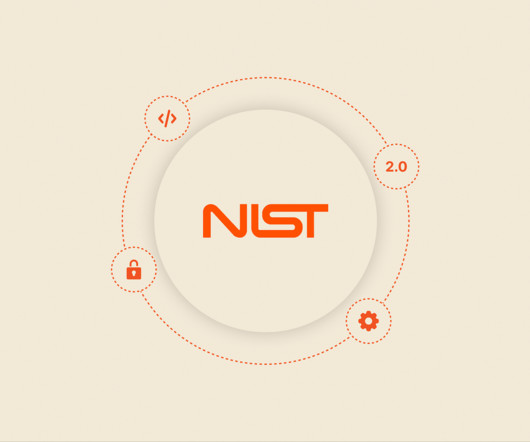BCP vs. DR Plans: What Are the Key Differences?
Zerto
AUGUST 18, 2022
Since most businesses today are heavily IT reliant, DRP tends to focus on business data and information systems by addressing one or several points of failure including application downtime, network outages, hardware failure, data loss, etc. BCP Includes Business Impact Analysis, Risk Assessment, And Strategy Development.



















Let's personalize your content